Elliott
The Leica Monochrom (Typ 246) April 2015

Elliott
The Leica Monochrom (Typ 246) April 2015
Introduction
When Leica announced the Leica Monochrom in May 2012 it was a real game changer. A very bold move which turned out to be an outstanding success. I was lucky enough to take a prototype to China before the launch (Henri in China). The code name for the older model was Henri - and so it’s completely logical that the new model has been codenamed Elliott.
The new Monochrom (Typ 246) is based around the Leica M-P(240) with a 24mp CMOS sensor made by CMOSIS rather than the CCD of the old camera. It has a similar stealth livery to the previous model with the sapphire crystal back and no red dot.
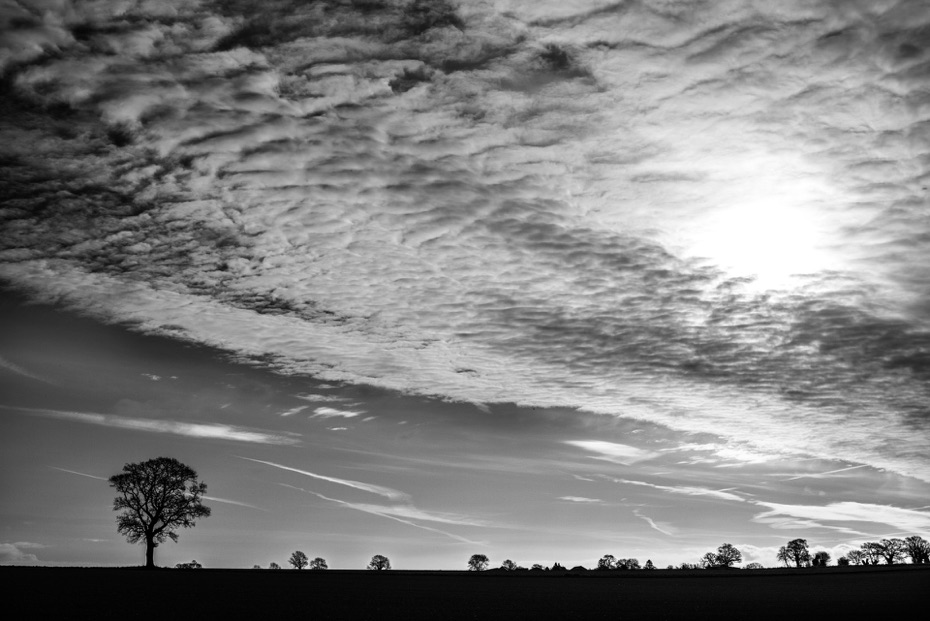
Summilux-M 50mm f1.4 at f16 1/2000 sec ISO 320
It’s worth briefly revisiting the reason for a Monochrome camera before discussing Elliott in detail: Current sensors only detect the intensity of light, not the colour. A Bayer filter is placed over the sensor with a different colour filter over each photo-site. When the image is processed (demosaicing) groups of 4 pixels are examined together and in the context of surrounding groups and the colour is calculated. The filter itself imposes a 1 to 2 stop reduction in the light reaching the sensor, and the demosaicing process reduces the resolution. With a monochrome sensor there is no need for a Bayer filter or for the demosaicing process - in theory one might expect a 4x improvement in resolution, but in practical terms it works out more like a two times improvement.

This article is not meant to be a critical review. My loyalty as a camera tester is to Leica. On the other hand I hope that I’m an honest correspondent, and I won’t say anything that I don’t really believe to be the case or leave out anything which I consider to be important. Of course I do carry out some detailed tests, but I generally keep these to myself. However I spend a lot of time with the camera (in this case around 5,000 images). I try and shoot in as many different circumstances as possible which I hope to have represented well with the images in this report.
It’s also worth mentioning that many of these pictures were taken with an early prototype camera, and the performance, especially at higher ISO, has improved in the production camera.
Improvements over the old Monochrom
So, if the older Monochrom is still popular and produces fantastic results, why do we need a new one? The answer is the same as the reason for the M(240), and it’s worth revisiting the differences between the old and new cameras. First of all I’ll look at it in practical terms - and later on in terms of image quality.
Improvements
•Faster processor
•Larger buffer
•Longer battery life
•Higher resolution LCD
•Quieter shutter (without re-cock pause)
•Less shutter lag
•Better high ISO
•Higher Resolution
•Integrated thumb grip
•Thumb wheel
•Improved ergonomics
•Improved Rangefinder design
•Focus assist / exposure compensation button
It’s easy to forget the huge practical leap forward from the M9 to the M(240). Leica really listened to their customers and addressed almost every criticism of the older camera. These improvements are all reflected in the new Monochrom, better than that, as there have been a number of excellent firmware updates since the launch of the M(240) and all of these are reflected in the firmware of the new Monochrom. The only disadvantage is that the new camera is about 100gm heavier and 0.6mm thicker.
Apo Summicron-M 75mm f2 at f2.8 1/125 sec ISO 6400
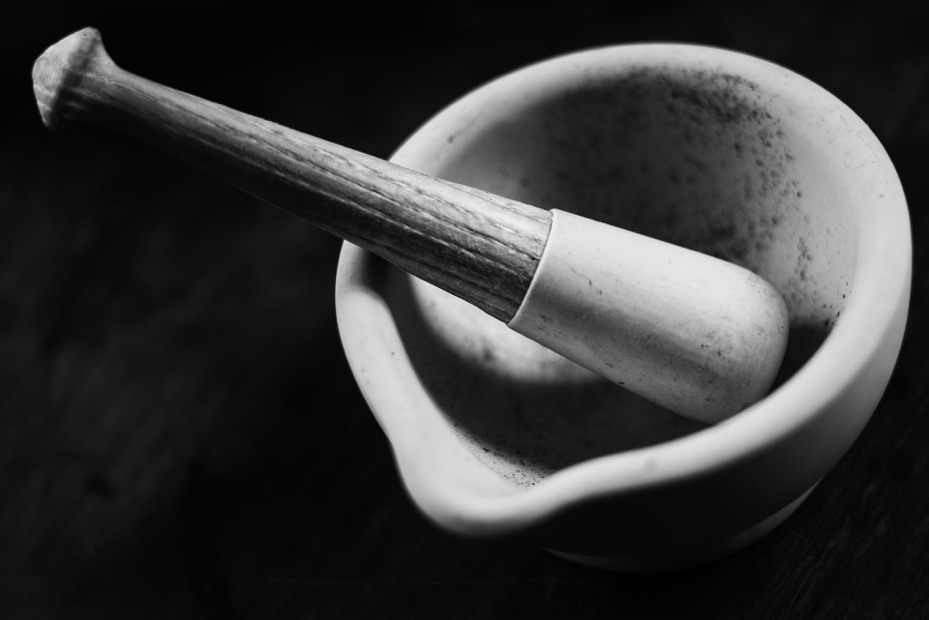
Macro-Adapter-M with the 90mm Macro-Elmar-M at f4 1/125 sec ISO 320
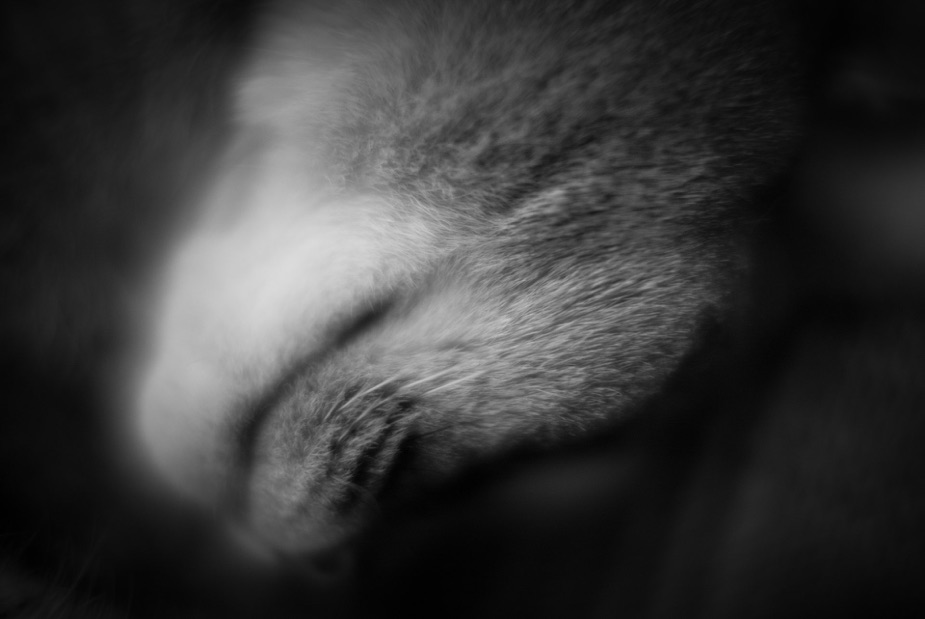
Macro-Adapter-M with the 50mm Noctilux f0.95 at f0.95 1/1500 sec ISO 320
Conclusion
The new Leica Monochrom (Typ 246) is a worthy and capable successor to the previous model, and it shows real improvements at every level; it’s faster, quieter, more flexible and has better image quality, especially at high ISO.
In addition to this it has Video capabilities and Live View together with the capacity to use a whole host of new and old quality lenses with the use of adapters. It works wonderfully with the new Leica 90mm Macro Elmar M and the Macro-adapter-M and also with legacy Leica R lenses.
With the new options for Auto ISO, together with the exposure compensation on the rear dial and the excellent high ISO, the camera is fantastic and fluid to use in low light situations such as concerts and bars where the file quality really shines.
For me it’s also a wonderful companion for landscape and nature photography (path photography as Jesko called it). It’s flexibility means that it can be handheld at any aperture in almost all circumstances. I’m sure that a lot of street photographers will find it their weapon of choice for many years to come.
I have kept my testing shots to myself (the 25000 ISO shot of the dresser is actually one of the samples). If I’ve disappointed - or if you would like some really detailed analysis of the files, then you should visit ReidReviews and ULTRAsomething photography .
Sean Reid has been doing side by side tests of the M9 Monochrom, the M-246 Monochrom, the M-240 and the Sigma SD1, and grEGORy simpson who wrote the popular “Fetishist’s Guide to the Monochrom” series of articles, is at it again with the new M-246.
New Features
•Live View
•Optional Electronic Viewfinder (EVF)
•Focus Peaking
•Focus Assist (zoom focus)
•Video
•Matrix/centre weighted/spot metering modes
•Weather sealing
I’m not a video shooter myself, but I very much like shooting close ups and also using my collection of R lenses (and some other old favourites).
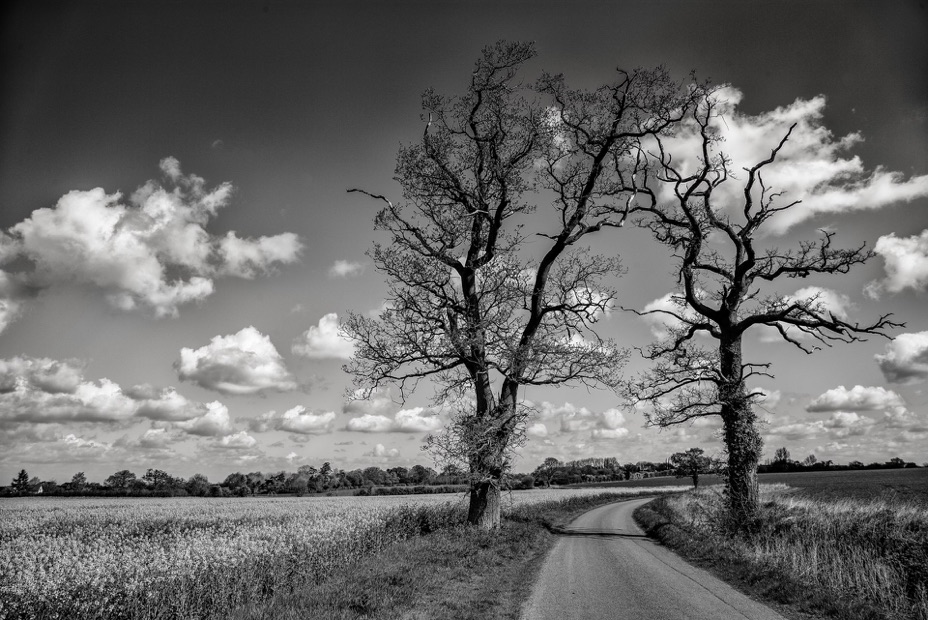
Summilux-M f1.4 28mm Asph at f8 1/3000 sec ISO 320
Shooting with Elliott
The new Monochrom is a beautiful thing - with the black chrome body and the sapphire crystal screen, with only minimal writing on the body, and much of it engraved but not painted; it’s the epitome of stealth!
This is a wonderfully finished camera - shooting it as a rangefinder, it behaves like all M cameras, but the digital features are unobtrusive and very easy to use.
You can choose whether to have Exposure Compensation directly on the rear thumb dial, or whether to press the button on the front of the camera whilst turning the dial. Either way it shows briefly in the rangefinder.
The Auto ISO is the best implementation I’ve come across in any camera. You can choose the highest ISO, and then either a minimum shutter speed (from 1/2 second to 1/500th), or a factor of the lens’s focal length (4x, 2x and 1x focal length). In Manual mode (where you set both the aperture and focal length) you can choose to have Auto ISO or to default to the last used fixed ISO.
For recognised lenses (either selected manually or via the 6 bit code) the recent M cameras have applied corner shading correction - in the Monochrom there is no colour shift, but it is still used to correct vignetting - of course, any such feature is likely to have some impact on the resolution at the corners. Now there is a new option to switch it off.

Macro-Adapter-M with the 50mm Noctilux f0.95 at f1.8 1/3000 sec ISO 320
Just like the M(240) the new shutter on the Monochrom is both much quieter and with less lag than that of it’s predecessor, without the twangy re-cocking sound of the older camera.
One of the criticisms of the previous monochrom was that, despite the magnificent resolution, it was very hard to estimate the actual sharpness of an image on the rear LCD because of it’s low resolution - the new LCD, just like that of the M(240) allows accurate assessment of the sharpness of your image before downloading to the computer.
I’m not a video shooter, so I’m not in a position to discuss the advantages and disadvantages of shooting monochrome for video, or to assess the video quality of the Monochrom.
The rangefinder itself has been much improved for the M(240), and of course these improvements have come to the new Monochrom. Much tighter manufacturing tolerances combined with automatic rangefinder calibration (rather than hand done calibration) means much improved focusing.
Summilux-M 50mm f1.4 at f2 1/125 sec ISO 400


Macro Elmarit R 60mm f4 at f2.8 1/125 sec ISO 500
For most purposes I’d prefer to shoot an M camera using the rangefinder, but there are circumstances when it’s great to be able to frame an image on the rear LCD (for instance with a lens wider than 28mm) or to use focus peaking or focus assist. For me the real advantage of the live view features on the new camera is the ability to use wide and long focal lengths, Leica R and third party lenses, and most of all the ability to shoot close up, which is something which was not really possible with the previous Monochrom.
I’ve spent a lot of time using the Macro-adapter-M - both with the dedicated Leica 90mm macro-elmar, and also with other M lenses (there’s something very special about shooting the Noctilux with the macro adapter!). It would be nice if the new camera used the Visoflex EVF found on the new Leica X and the Leica T, but the older EVF works perfectly well for most purposes

Macro-Adapter-M with the 50mm Noctilux f0.95 at f0.95 1/90 sec ISO 2000
Image Quality
Comparisons with the previous Monochrom and the Sony A7r (36mp) by Tom Stanworth and with the the Nikon D800e by Ming Thein suggest that the original Monochrom was still the reference for high resolution black and white photography.
I’ve done some careful and detailed comparisons of high ISO and resolution with the previous Leica Monochrom and also with the Leica M(240). There are several other reviewers who will be providing detailed image comparisons (see the links at the bottom of this page), so I’m just going to give a generalised idea of my feelings.
Summilux-M 50mm f1.4 at f4 1/2000 sec ISO 25000
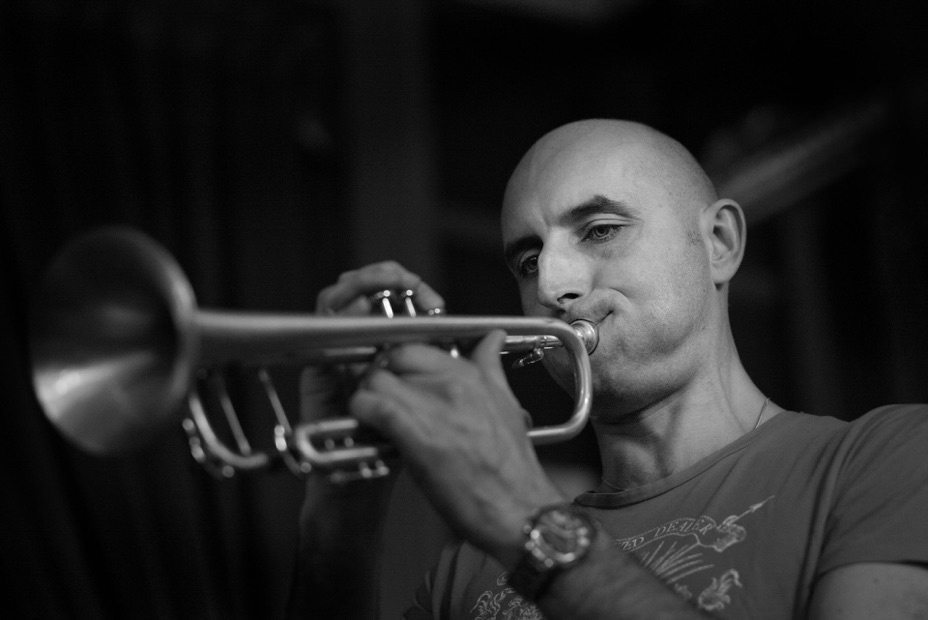
Apo Summicron-M 75mm f2 at f2 1/125 sec ISO 6400
As you would expect, at base ISO the resolution improvement over the older camera simply respects the difference between the 18mp of the old CCD sensor and the 24mp of the new CMOS sensor. However, the higher ISO is a definite improvement. The new Monochrom offers a ‘pushed’ ISO of 25,000 ISO whereas the previous camera was 10,000 ISO, my feeling is that these values are pretty much the same in quality. At lower ISO values the new Monochrom seems to offer a one to 1.1/2 stop advantage over the original camera, and a two stop advantage over the Leica M(240). Banding is still a possibility at very high ISO, but Leica have been working hard on this, and it has definitely improved considerably over the M(240). 25,000 ISO is certainly useable in lots of situations (see the image below). What’s more, the lovely tonality is retained at these very high ISO values.
Resolution is stunning, but of course it depends on using the very best lenses, but for me, the real bonus of the Monochrom is the lovely subtle tonality, it’s impossible to quantify, but the images just LOOK lovely. I imagine that there will be a new internet firestorm over the difference between CCD and CMOS sensors (which was previously concentrated around colour response). My personal opinion is that the files from the older monochrom and the newer one look very similar, but the new camera has better ISO and slightly more resolution.
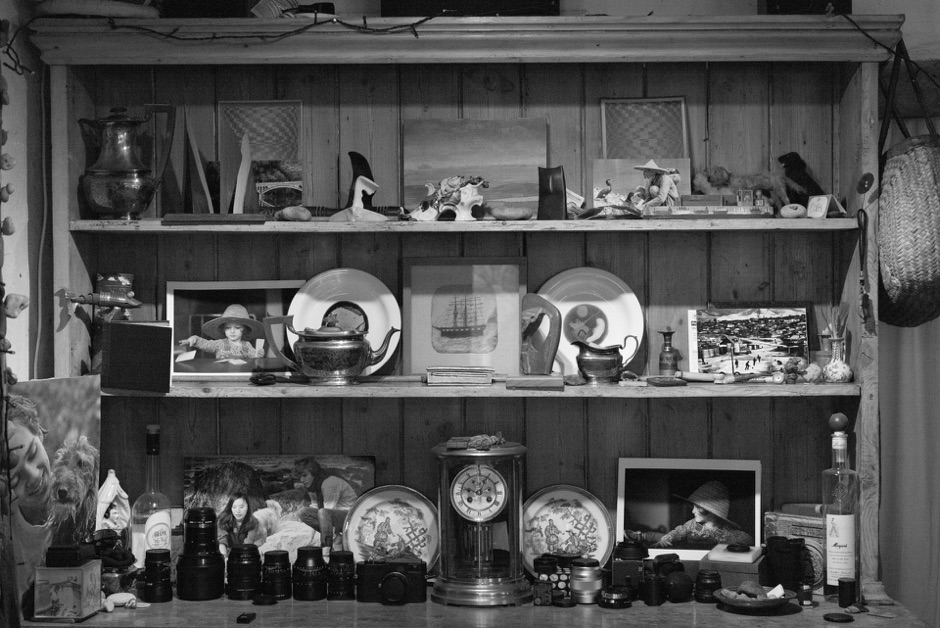
DNG File Compatibility - Important note.
Of course, the excellent JPG files from the Monochrom are supported by all relevant photographic programs, and the DNG files are supported well by both Lightroom 5, 6 and CC (I haven’t tried LR 4) and by Capture One v8.2. This support also extends to Yosemite 10.10.3. without crashes or issues.
Apple support is more complicated. Yosemite 10.10.2 does not have support for the files, Yosemite 10.10.3 has just been released. The new CoreFoundation raw file support has a bug and crashes when trying to load the Raw files - this is potentially quite nasty.
Photos is the new Apple photography program, just released with 10.10.3: Once you have tried to load a Monochrom DNG file then the library will crash continually on loading. The only way I have found to fix this is to delete the library and restore from a backup (or to start a new library).
Aperture will also crash continually, in this case the only way to re-load the library is to delete the DNG file(s) you have imported (which can be a problem if you use 'managed' files rather than 'referenced' files); moving the files is not enough.
iPhoto simply will not load the files (but does not crash). However, you should not convert your library to Photos until this has been fixed.
The Apple finder doesn’t show a preview of the file (no crashes).
This has been confirmed as a bug in the Apple CoreFoundation - they have said to Leica that this will be fixed in the next release - in the meantime:
If you are running Yosemite 10.10.3 or 10.10.4 pubic beta then do NOT load the DNG files into either Photos, Aperture or iPhoto or you may not be able to reopen your photo library.
Update June 10th 2015 - the new beta of Yosemite fixes these problems and adds full support to both Aperture and Yosemite - this should be on public release in the next week or so
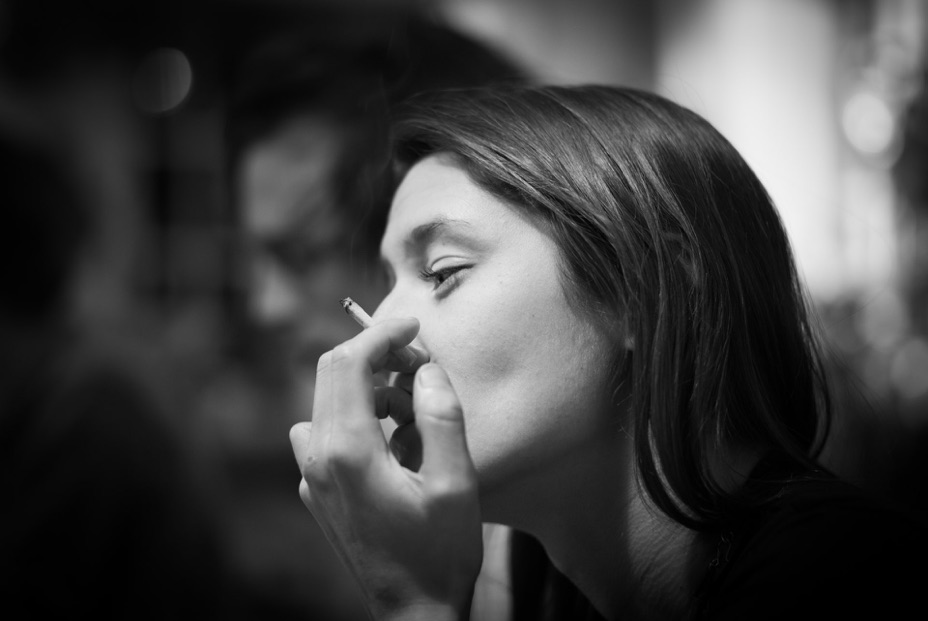
Apo Summicron-M 75mm f2 at f2 1/60 sec ISO 1600

Summilux-M 50mm f1.4 at f2.8 1/90 sec ISO 500
Summilux-M f1.4 28mm Asph at f8 1/250 sec ISO 320
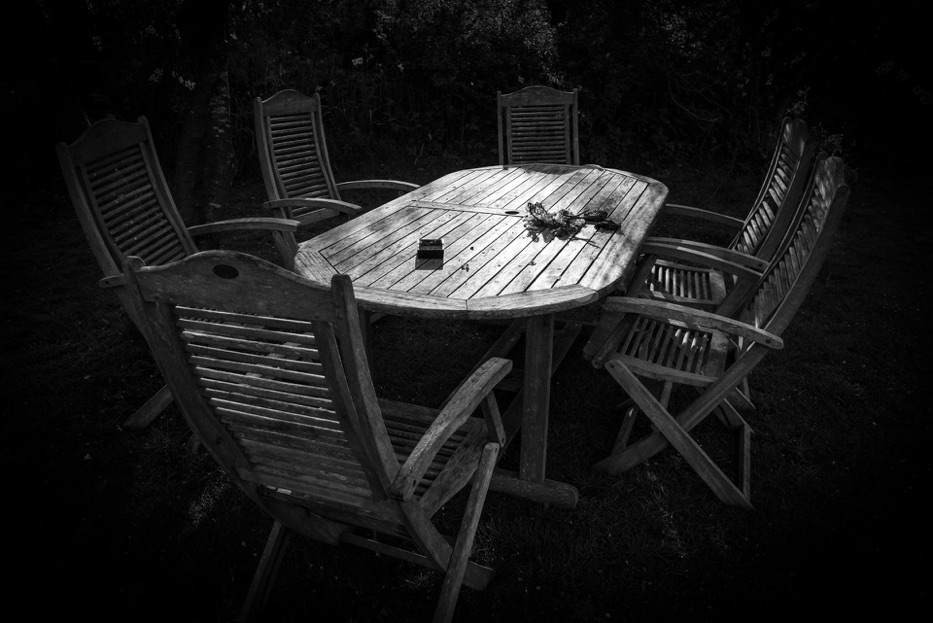



If you enjoyed this article you might like to make a donation to Cancer Research
My wife, Emma Slack, Is doing the 12th Annual Pink Ladies Tractor Road Run in aid of Cancer Research
It’s worth mentioning that I do not get paid by anyone for writing these articles, which is great for everyone, however, once in a while I add a link to a favorite charity. People have been extraordinarily generous in the past, and this year Emma (my wife) is fund raising again. It would be lovely if you could see your way to making a small donation to what is a wonderful cause.
Thank You!.
